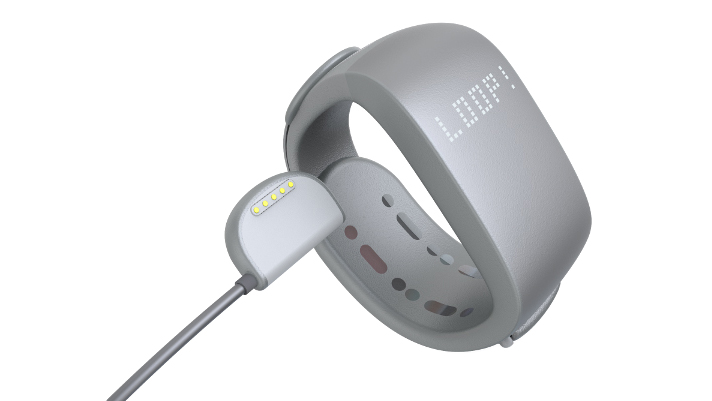Itamar buys Spry to add wearable to its sleep apnoea detectors

Israeli company Itamar Medical has agreed to acquire Spry Health, aiming to use the US company’s wearable technology to develop a watch-like remote monitor for sleep apnoea, a potentially life-threatening condition.
Itamar already markets a sensing device called WatchPAT that attaches to the finger during sleep, measuring vital signs like heart and breathing rate, oxygen levels in the blood, and changes the volume of blood pumped during a heartbeat – known as peripheral arterial tone (PAT).
That is only suitable for a single night’s measurement, however, and Itamar hopes that by adding Spry’s wearable technology it will be able to develop a device that would be suitable for continuous monitoring of sleep apnoea over weeks or even months.
That could provide a clearer picture of the seriousness of the condition, and the accumulated burden of sleep apnoea on a patient’s heart and vascular system.
Sleep apnoea is caused when relaxation of the muscles in the throat cause the airway to narrow, reducing the amount of air taken in and out with each breath. Sometimes the airway can be shut off completely, and if that lasts for 10 seconds or more it is classed as obstructive sleep apnoea.
In severe cases, apnoea episodes can occur hundreds of times a night, each causing a brief period of wakefulness or shallower sleep.
Symptoms are snoring and feeling sleepy during the daytime, but the underlying effects can be damaging and can lead to other health problems, including high blood pressure, heart attack, stroke and diabetes. The condition affects around 54 million people in the US alone.
Spry’s Loop System wearable has already been approved by the FDA for the collection of physiological data like oxygen levels, respiration and heart rate in patients with chronic obstructive pulmonary disease (COPD) and other chronic health conditions.
It does so by emitting electromagnetic waves through the skin. It then measures the reflection of light frequencies to define the concentration of specific molecules in the blood.
Repurposing for sleep apnoea should be fairly swift – Itamar reckons it could have approval for the apnoea indication in 2022. There are other advantages as well, including the fact that the device already has the necessary codes for reimbursement in the US healthcare system.
Itamar’s chief executive Gilad Glick said the Loop System is a “perfect fit” with its aim of developing a continuous wearable monitor for sleep apnoea.
“While finger-based monitoring yields the highest accuracy, it is currently not suitable for longer-term wear,” he added. “A device that is designed for the wrist, while potentially less accurate for precise disease diagnostics, is more suitable for monitoring the continuous accumulated burden of sleep apnoea and its potential impact on other diseases.”
The technology also gives Itamar an opportunity to extend its focus into other diseases areas like COPD, addressing a larger slice of the remote patient monitoring (RPM) market that is predicted to reach a value of $2 billion worldwide in 2027.













